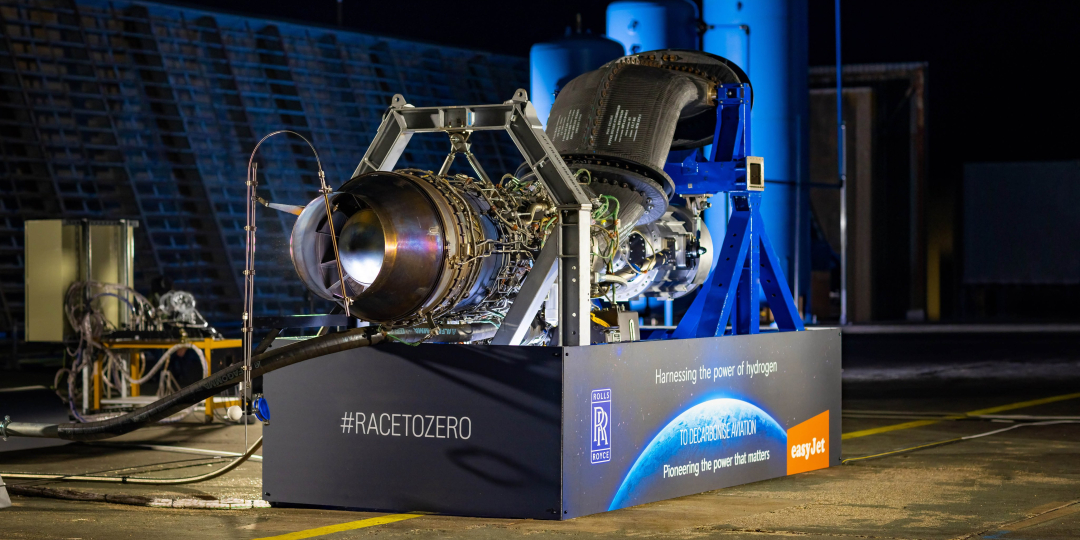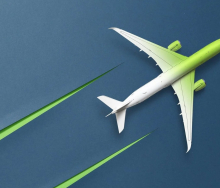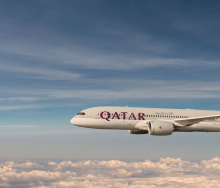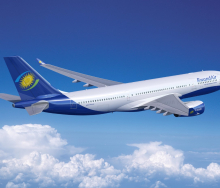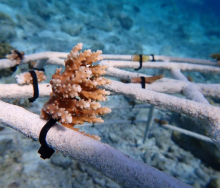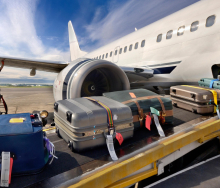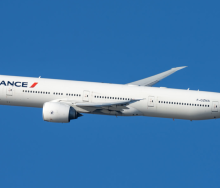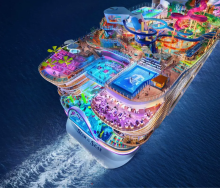EasyJet and Rolls-Royce say they have set a new aviation milestone with the world’s first run of a modern aero engine powered by hydrogen on Monday, November 28.
The ground test was carried out on an early concept demonstrator using green hydrogen created by wind and tidal power. This is a major step toward proving that hydrogen could be a zero-carbon aviation fuel of the future and is a key proof point in the two companies’ decarbonisation strategies.
The test took place at an outdoor test facility at MoD Boscombe Down, UK, using a converted Rolls-Royce AE 2100-A regional jet engine. Green hydrogen for the tests was supplied by the European Marine Energy Centre, generated by using renewable energy at its hydrogen production and tidal test facility at Eday in the Orkney Islands.
The two companies are planning a second set of tests, with the long-term ambition of carrying out flight tests.
Johan Lundgren, CEO of easyJet, said: “We are committed to continuing to support this ground-breaking research, because hydrogen offers great possibilities for a range of aircraft, including easyJet-sized aircraft. That will be a huge step forward in meeting the challenge of nett zero by 2050.”
Grazia Vittadini, Chief Technology Officer, Rolls-Royce, said: “We are pushing the boundaries to discover the zero carbon possibilities of hydrogen, which could help reshape the future of flight.”
